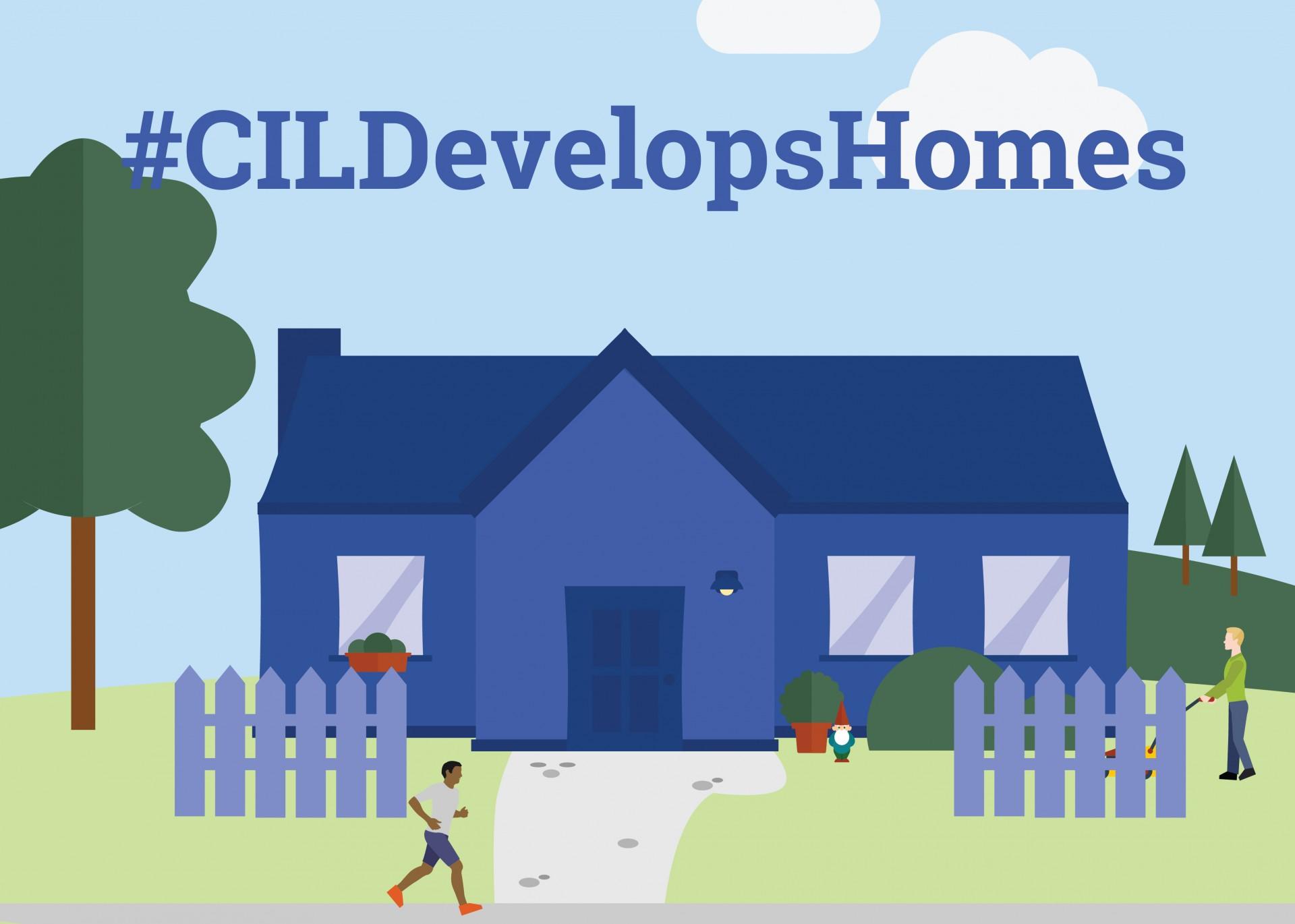[Tools & Resources]
Throughout the years, CIL Developers have answered a lot of questions about community residence, or group home, development. We decided to compile a list of our most frequently asked questions here:
What is a group home?
A group home is a term often used to describe a residential setting in which the residents receive some level of care from professional caregivers. Other terms sometimes used are community residences, community living arrangements, supportive housing, and community care homes. There are thousands across the United States.
Is a group home the same as a halfway house?
No. Group homes provide permanent housing for their residents, most of whom will live in one home for many years. A halfway house is a term used to describe a transitional housing setting in which the residents live for temporary stays (e.g. 3-6 months).
How many people live in a group home?
The vast majority of homes have three to six residents. In rare occasions, the home might have up to eight residents.
What services are provided in the home?
Professional caregivers provide assistance in the activities of daily living. Due to the disabilities of the residents, they may not have the physical and/or cognitive ability to complete all routine daily activities such as meal preparation, bathing, house cleaning, and dressing. The caregivers help with these activities. The caregivers also provide assistance and supervision for activities outside the home such as transportation to jobs, program activities, recreational activities, and medical appointments.
Who is responsible for providing services?
A private, nonprofit organization is usually responsible for overseeing all of the residential services. Such organizations hire professional caregivers who work in a home on a 3-shift basis. In more limited situations, the services are provided by state employees. Caregivers do not live in the home, but will be present in the home whenever the residents are home.
Who pays for the services?
The cost of providing services is borne primarily by state agencies that are responsible by law to care for persons in need of residential services. These agencies are usually the State Department of Developmental Services or the State Department of Mental Health. These departments enter into contracts with the private organizations for the services. The state departments “license” the homes, which means that there is a high degree of oversight and accountability to make sure that the residents are well-cared for and that the homes are well-maintained.
Who owns the homes?
There are different variations of ownership, sometimes it will be CIL, sometimes it’s the provider, and sometimes it’s the individual in the home.
Who is responsible for repairs to and maintenance of the homes?
CIL leases its homes to the service provider organizations that are responsible for repairs and maintenance. These providers have funds in their state contracts to handle the routine repairs and maintenance required. The leases are long-term i.e. 20-30 years.
What do the homes look like? What renovations are done to homes?
The construction requirements of a home are specific to the needs of the residents and the applicable building codes. In general, homes are constructed or renovated in a manner that makes them look like typical single-family homes in their neighborhoods. Many homes are constructed or renovated to include complete or partial wheelchair accessibility. Many homes have fire sprinkler systems and emergency back-up generators. Other homes undergo only minor renovations to update finishes and complete capital repairs.
Do group homes affect property values?
Studies completed all across the country have shown that group homes do not negatively affect property values. Some studies have shown that group homes might improve property values
What type of town approvals are needed to open a group home? Are public hearings required?
Group homes are allowed by right. State and federal laws protect the rights of persons with disabilities to live in any residential community. There are no special permits or variances needed. The homes are required to meet the same dimensional requirements of the local zoning codes that apply to other homes in their neighborhoods. There are no special notice requirements. If construction or renovations are needed, building permits must be applied for and approved as they would be for any construction on any other property. If construction activities are planned on a property with wetlands, approval from the local Inland and Conservation Commissions may be required.
Shouldn’t nearby residents be notified that a group home is to be located in their neighborhood?
As stated above, there are not any requirements that CIL or the service providers contact neighbors or town officials prior to buying or opening a group home. Such a requirement would be a violation of the civil rights of the residents. They have the right under state and federal law to live in residential neighborhoods without the imposition of requirements that other residents are not subject to














